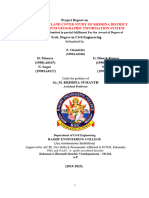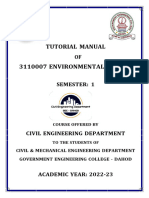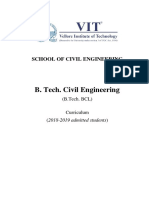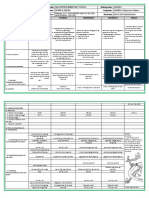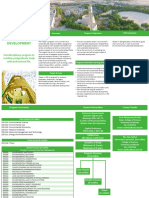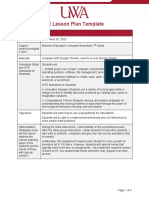0% found this document useful (0 votes)
85 views16 pagesCivil Engineering Internship Report
The document is an internship report submitted by a student to their university in partial fulfillment of the requirements for a Bachelor of Technology degree in Civil Engineering. It includes sections on the cover page, certificate, acknowledgement, vision and mission statements of the college and department, program educational objectives and outcomes, and program specific outcomes.
Uploaded by
karipamsrinivasuluCopyright
© © All Rights Reserved
We take content rights seriously. If you suspect this is your content, claim it here.
Available Formats
Download as DOC, PDF, TXT or read online on Scribd
0% found this document useful (0 votes)
85 views16 pagesCivil Engineering Internship Report
The document is an internship report submitted by a student to their university in partial fulfillment of the requirements for a Bachelor of Technology degree in Civil Engineering. It includes sections on the cover page, certificate, acknowledgement, vision and mission statements of the college and department, program educational objectives and outcomes, and program specific outcomes.
Uploaded by
karipamsrinivasuluCopyright
© © All Rights Reserved
We take content rights seriously. If you suspect this is your content, claim it here.
Available Formats
Download as DOC, PDF, TXT or read online on Scribd
/ 16



